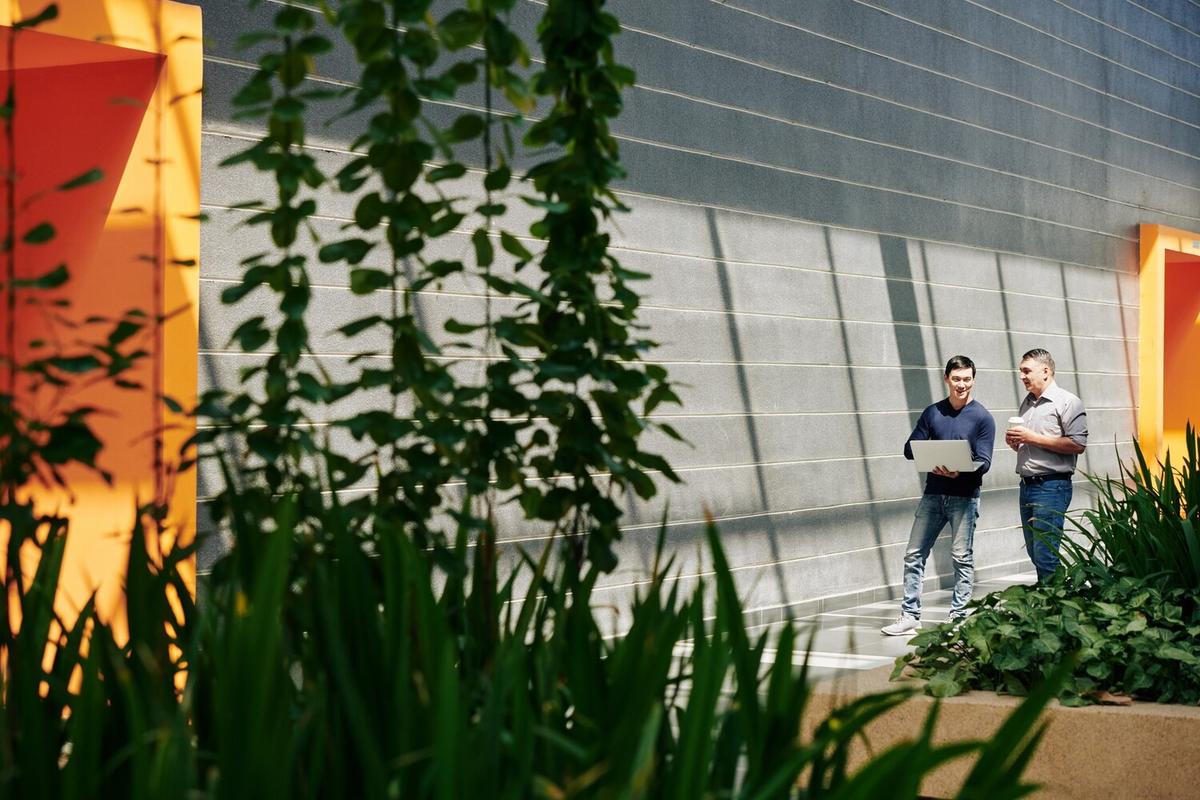
Eco-Friendly Housing: The Next Big Thing in Real Estate
As the real estate market continues to evolve, eco-friendly housing is gaining traction as a compelling choice for both investors and homeowners. This trend reflects a growing awareness of environmental issues and a desire to live more sustainably.
Eco-friendly housing is not just a fad; it’s becoming an integral part of the real estate landscape. With environmental concerns at the forefront, many potential buyers and investors are prioritizing sustainability. According to the U.S. Green Building Council, certified green buildings can save a significant amount on energy and maintenance costs, making them attractive to eco-conscious investors.
Why Eco-Friendly Housing?
Eco-friendly housing offers numerous benefits, including reduced environmental impact, lower utility bills, and healthier living environments. A study by the World Green Building Council highlights that green buildings can reduce energy consumption by up to 30%. This is a compelling factor for investors looking to maximize returns and reduce operating costs.
Expert Opinions
Many experts advocate for sustainable building practices. Mike Reynolds, an architect known for his work on sustainable housing, emphasizes the importance of reducing carbon footprints through innovative building designs and materials.
Real-Life Examples
Take the example of a family in Portland who transformed their traditional home into an eco-friendly abode. By installing solar panels and using sustainable materials, they reduced their energy costs by half, while increasing their property value significantly.
Actionable Tips for Investing in Eco-Friendly Housing
- Research locations with incentives for green building practices.
- Consider properties with existing eco-friendly features, like solar panels or rainwater harvesting systems.
- Consult with experts in sustainable architecture to maximize the value of your investment.
Statistics and Research
Research from the International Energy Agency indicates that buildings account for nearly 40% of global energy consumption. Transitioning to eco-friendly housing can significantly reduce this number, contributing to global sustainability goals.
Comparison Table: Traditional vs. Eco-Friendly Housing
| Feature | Traditional Housing | Eco-Friendly Housing |
|---|---|---|
| Energy Efficiency | Moderate | High |
| Utility Costs | Higher | Lower |
| Sustainability | Low | High |
| Initial Cost | Lower | Higher |
| Maintenance | Standard | Reduced |
| Market Demand | Stable | Increasing |
| Resale Value | Moderate | Higher |
| Environmental Impact | Higher | Lower |
FAQs
What is eco-friendly housing?
Eco-friendly housing refers to homes designed to reduce environmental impact, often through energy efficiency, sustainable materials, and other green technologies.
Are eco-friendly homes more expensive?
While the initial cost may be higher, long-term savings on utilities and maintenance, along with potential tax incentives, can offset the upfront investment.
Why is eco-friendly housing important?
These homes contribute to reducing carbon footprints, conserving resources, and promoting healthier living environments.
Conclusion
Eco-friendly housing represents a forward-thinking investment in both the real estate sector and our planet’s future. By embracing sustainable practices, investors and homeowners alike can enjoy financial benefits while contributing to a healthier environment. As this trend continues to grow, those who invest early stand to gain the most from this promising sector of the real estate market.